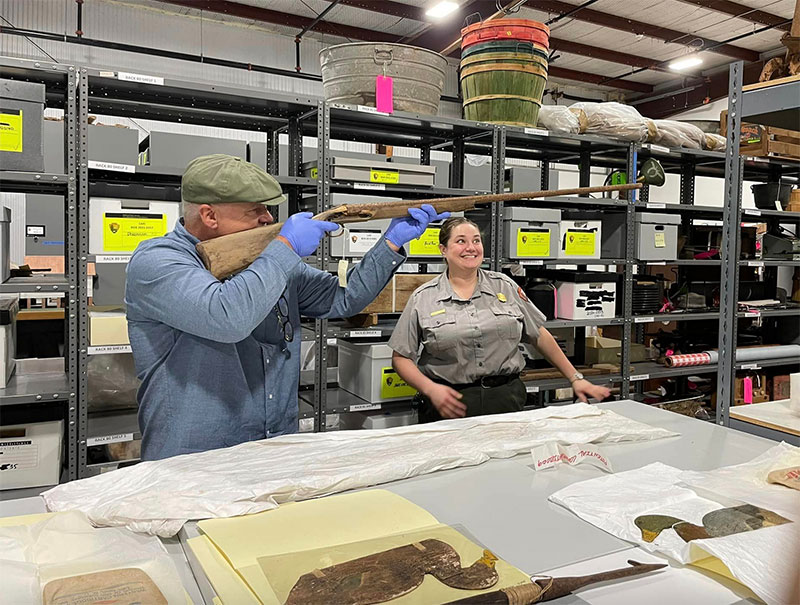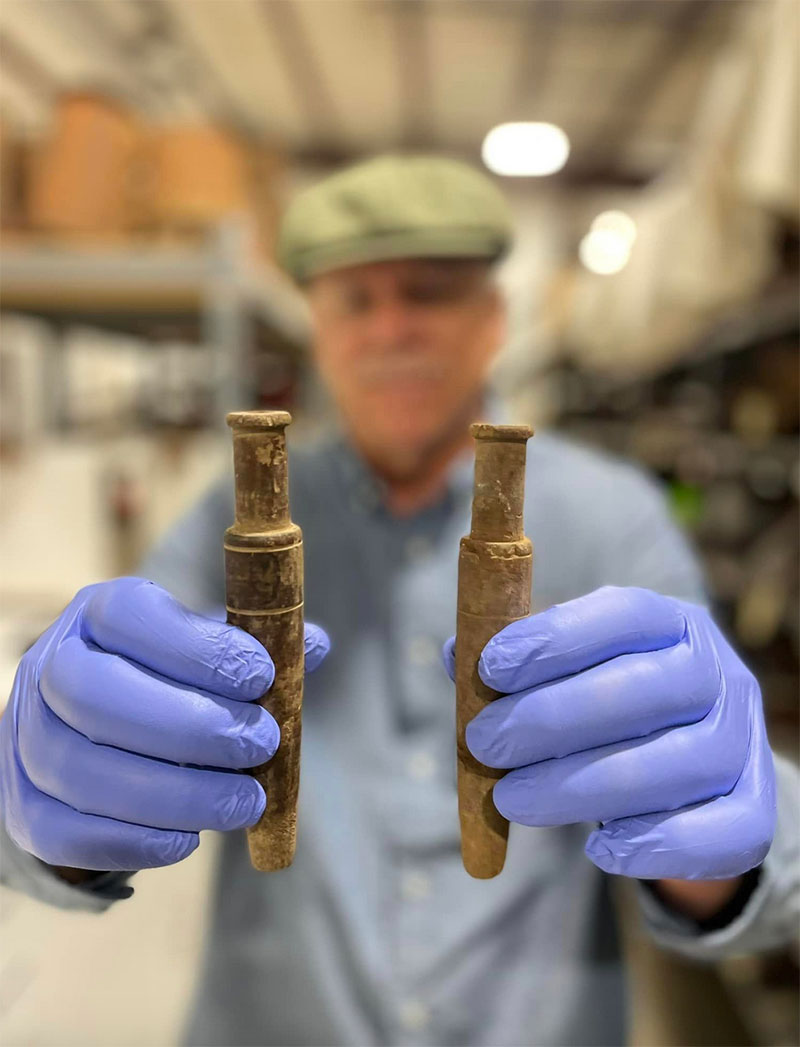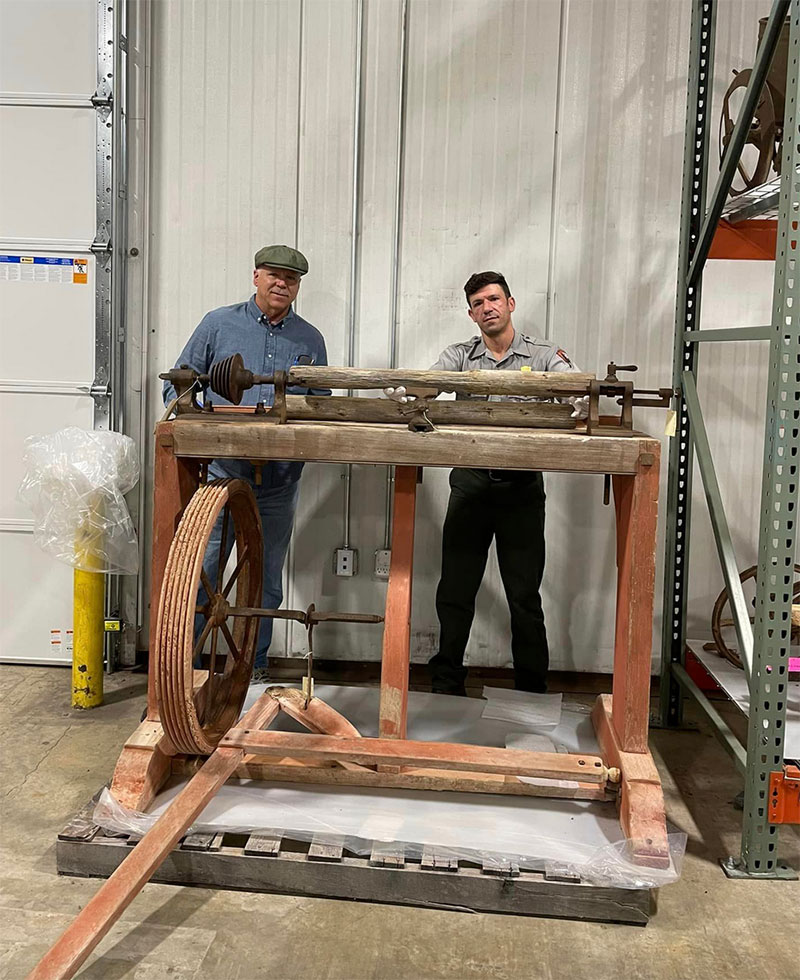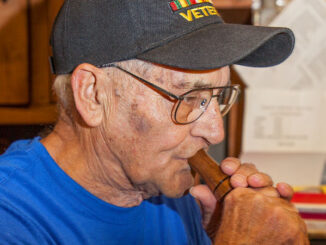
It’s so important to keep a close connection with the past and your equipment when you are hunting. That’s why history and the old way are so important to me. It’s not just about killing ducks.
Duck calls came about in general around 1850. Back then, millions of ducks migrated to Louisiana and stayed. When people came from other places they brought some of the first calls with them and the people here picked up on that. The first calls were made from bamboo. For starters, it already had a hole in the cane so it didn’t require any drilling. And it also made a good sound. Back in the day, everybody had a bamboo cane call. They carved the sound boards by hand and made reeds out of different kinds of plastic, like filing down old Ace hair combs.

That’s why I still make them the same way today.
Here’s a great story on some of the oldest duck calls in Louisiana. I was invited to the Cane River Creole National Historical Museum by Dustin Fuqua, an anthropologist for the National Park Service, and we put a time frame on some old calls found at Oakland Plantation underneath the main floor in a toolbox of tools that went with a historic wood lathe. Records show this lathe was purchased in 1818 for building furniture for Oakland Plantation that itself was built in 1820. A man named Solomon Wilson, a carpenter, used this lathe for building materials for the construction of this plantation. We measured these calls and documented every measurement. These calls are pretty sure made on this lathe, and after they were turned then they drilled the holes with a hand drill.
These calls were made out of cypress wood and had no finish on them. We came to the conclusion that someone had to have seen a call to make one in this style. With the time frame of the lathe, Flintlock shotgun and old decoys we viewed, we put a date to be around 1880.

Fuqua also showed me a couple of other old artifacts that were found in the old plantation, including a gun called a Flintlock Fowler, and it is as old as our independence. These were the first shotguns that swept across this country for either safety reasons or putting food on the table. This Flintlock was converted to a percussion gun somewhere in its lifetime. It has a 43-inch barrel and was made in the early 1800s.
We also viewed old duck drawings we think were used as decoys at one time. It’s made of two pieces of cardboard sewed together where it could be opened to set for hunting.
I want to thank Dustin Fuqua and staff for sharing their day with me.
Editor’s Note: We will be sharing a series of articles from Dale Bordelon, a resident of Effie and owner of Bayou Beast Duck Calls. He lives the life of a Louisiana duck hunter and is dedicated to making sure the old ways are passed on and not forgotten.
